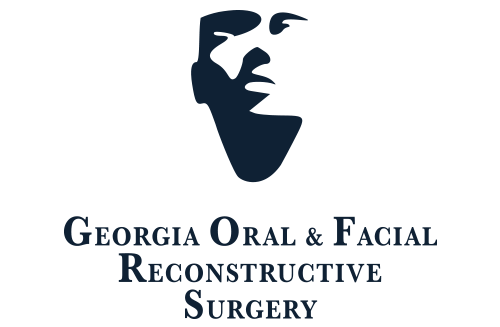Correction of dento-facial deformities using combined orthodontic and surgical treatment can provide dramatic changes in both the cosmetic and functional aspects of the face. Patient commitment to an extended period of treatment along with a close working relationship with the orthodontist are essential to a successful outcome.
An important component of the management of patients planning for orthognathic surgery is the correct diagnosis of both dental and skeletal abnormalities. Dental compensation can frequently mask an underlying skeletal deformity. Assessment of the maxilla and mandible should consider the three dimensions: anterior-posterior, vertical, and transverse. Evaluation at each dimension should account for cosmetic factors (e.g amount of tooth/gingival show, or size of chin), growth abnormalities (hypo or hyperplasia), and asymmetries.
Treatment is tailored at each patient based on the procedure that would achieve the best result while minimizing morbidity. Patient education about the procedure, post-operative healing and potential complications of orthognathic surgery is by far the most important factor towards patient satisfaction.
Following are some of the conditions that may indicate the need for corrective jaw surgery:
- Difficulty chewing, or biting food
- Difficulty swallowing
- Chronic jaw or jaw joint (TMJ) pain and headache
- Excessive wear of the teeth
- Open bite (space between the upper and lower teeth when the mouth is closed)
- Unbalanced facial appearance from the front, or side
- Facial injury
- Birth defects
- Receding lower jaw and chin
- Protruding jaw
- Inability to make the lips meet without straining
- Chronic mouth breathing
- Sleep apnea (breathing problems when sleeping, including snoring)



